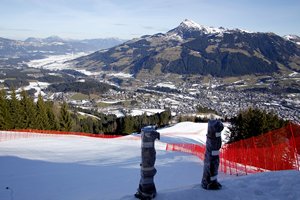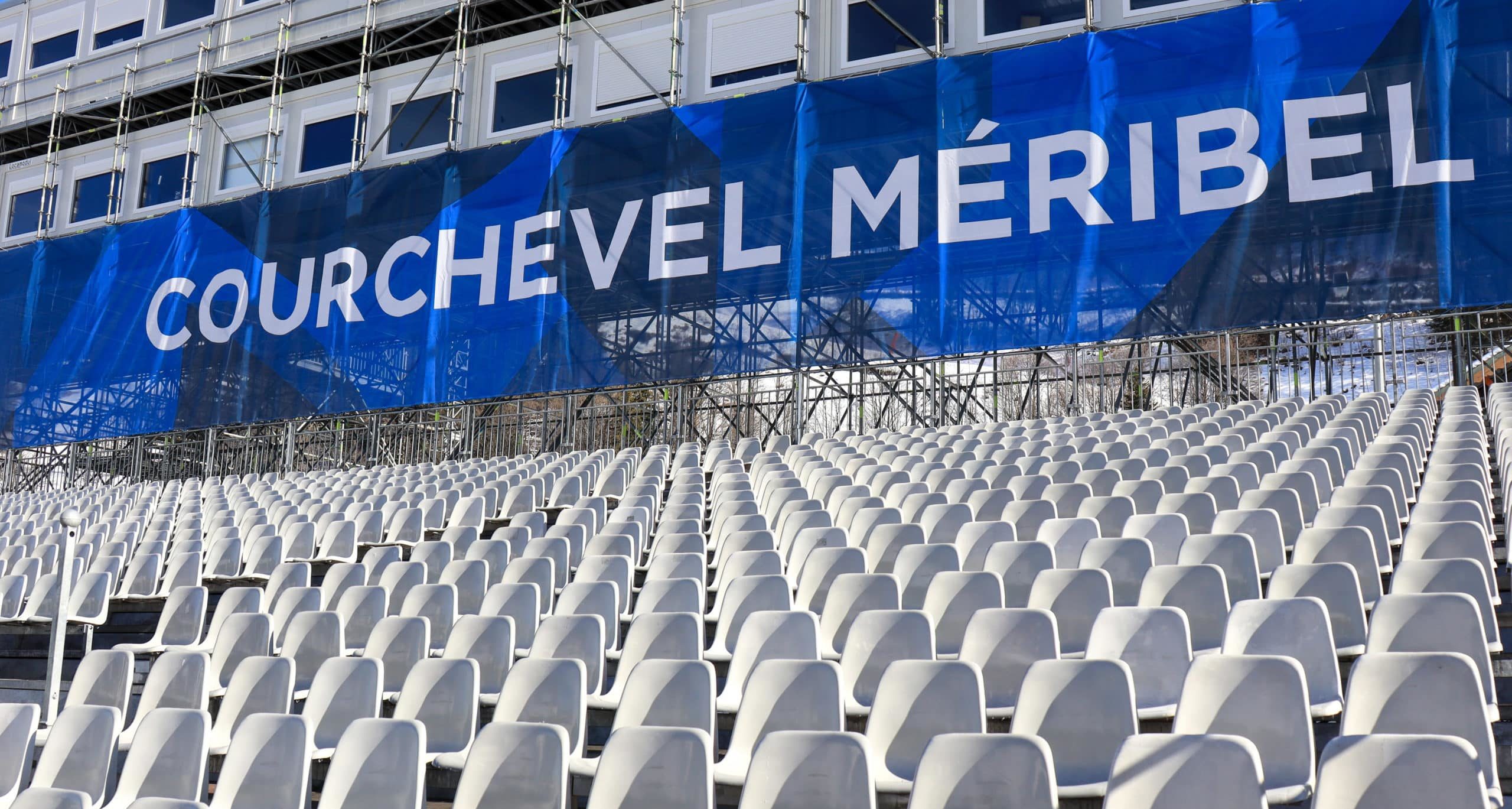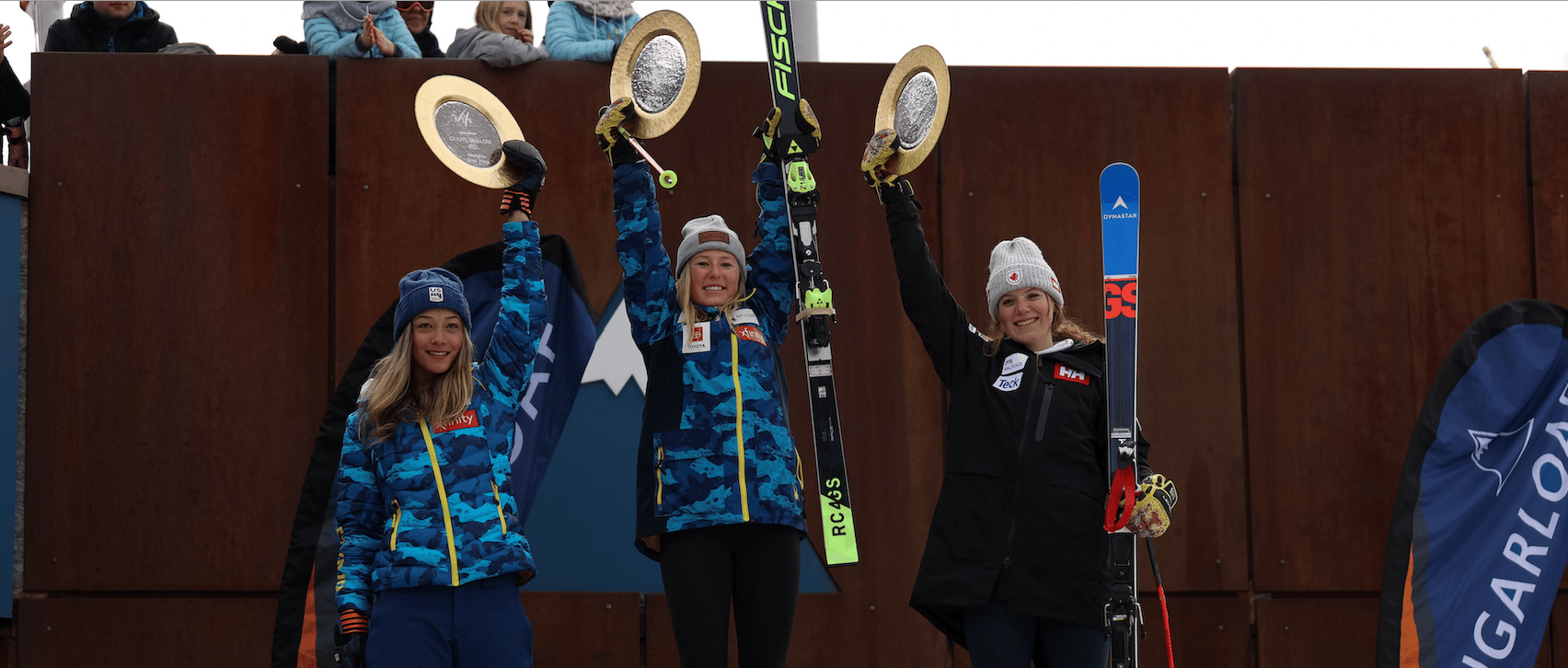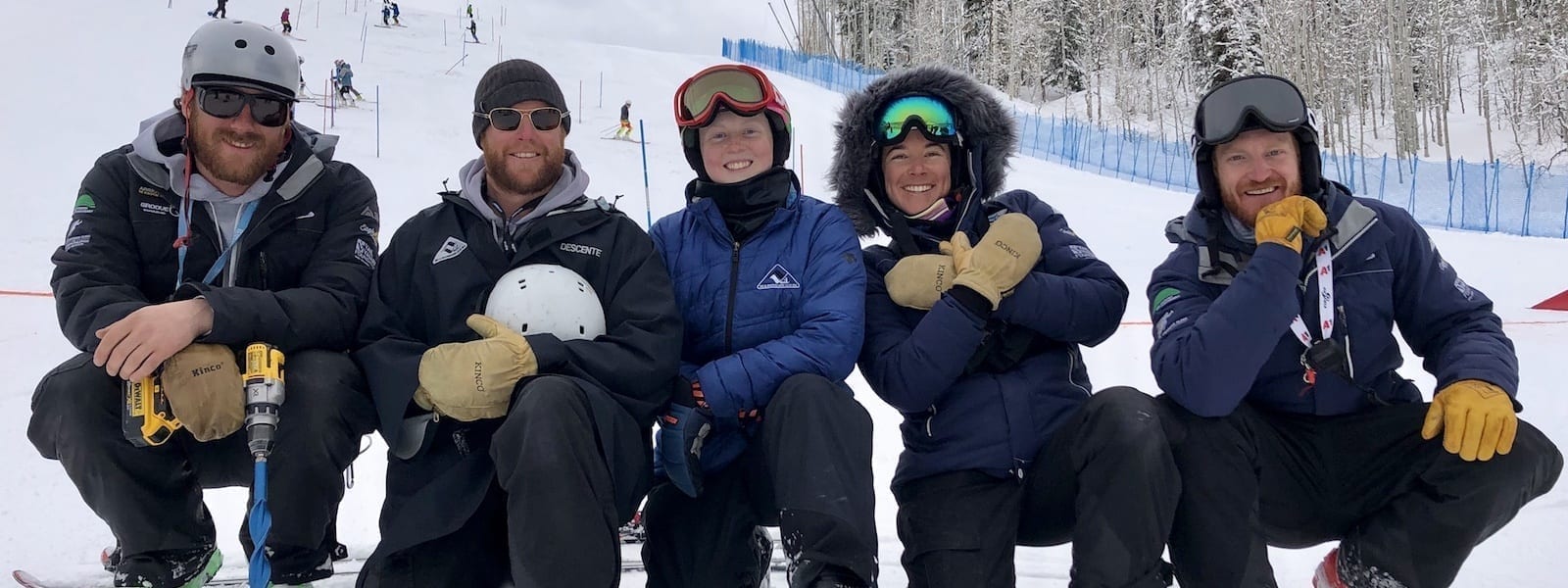Course changes at Kitzbuehel could bring record
 Wimbledon is tennis. The Kentucky Derby is horse racing. The Masters is golf. Kitzbuehel’s Hahnenkamm is ski racing.
Wimbledon is tennis. The Kentucky Derby is horse racing. The Masters is golf. Kitzbuehel’s Hahnenkamm is ski racing.
And this, right here, is Hahnenkamm Week.
The first official Hahnenkamm race took place in 1931. While the Bruckenschuss was constructed in 1935, the race tracks were not firmly established as the Streif (for downhill) and the Ganslern (for slalom) until the 1940’s.
While the course remains essentially the same (which is to say, an extreme test of nerve) there have been a few changes.
In the 1950’s (the trail was homologated in 1953) upgrades were made to the startschuss, the Mausefalle and Steilhang. The last big change to the Streif came in 1993 when the Seidlalm Jump was added while a snowmaking system was being put in place. Last season the reservoir supplying that system was tripled in size and the pipes were replaced.
This season 7million euros (over $9million) have been spent dressing up the old course. It is possible, says Kitzbuehel Ski Club president Michael Huber, that the course record might fall.
The Bruckenschuss, Gschosswiese, Gschoss and Alte Schneise have all had a face lift. The Buckenschuss is the section just after the Mausefalle and Steilhang. It is about two meters shorter and three meters higher than it has been.
The Gschoess has had its gradient increased by seven percent and is no longer the flattest portion of the course. The Gschoesswiese is three times wider than it has been and trees on both sides of the course have been removed to widen the approach to the Alte Schneise.
The take off point and entry to the Seidlalm has been doctored to make it “more interesting for both spectators and skiers alike.”
New netting has been erected along the Gschoess and is called “a unique piece of art” by the organizers.
A parallel trail has been constructed allowing public skiers to mirror the course and obtain views of all but the Steilhang.
In addition, the super G start has been moved up the mountain about 25meters providing a steep start and left-right set of turns at the beginning of the race.
It is warm in Kitzbuehel and there is not a lot of snow, though officials reported a base between 75-80cm last week. The Streif is notoriously bumpy and “rattlie” without large amounts of snow. As usual the Austrian military, the High Mountain Battalion of the 24th, under the direction of Lt Col. Gerhard Pfeifer are on hand to help out with preparations.
Swiss have won the last three Hahnenkamm downhills, with Didier Cuche getting the top spot in 2008 and 2010 and Didier Defago winning 2009. This is certainly a trend the Austrians want to halt.
Cuche also won the 2010 super G with Austrian Klaus Kroell winning in 2009 and the retired Marco Buechel in 2008.
German Felix Neureuther collected his first career World Cup win in the 2010 Kitzbuehel slalom and was the first German winner since his father. Before that French had won two, with Julien Lizeroux winning in 2009 and Jean-Baptiste Grange in 2008.
Training for the downhill starts tomorrow with the super G kicking things off Friday, Jan. 21.
Game on.
-Hank McKee
Gepa photo from the downhill start.





















